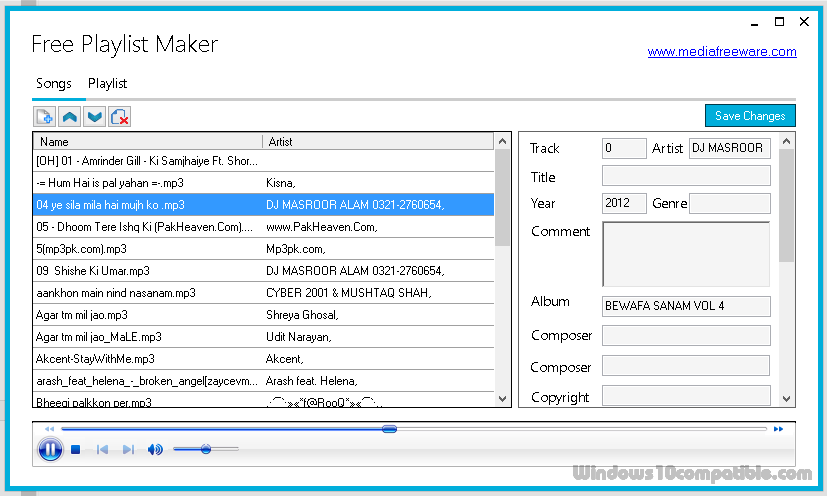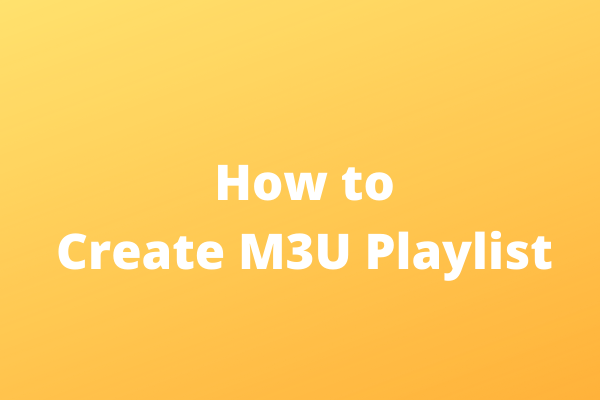

The /ON switch in the command is not really necessary but it creates the list in the alphabetical order which looks much more neat. If you have music files of other types such as FLAC or WMV, then you can also put them into the playlist using the same syntax. The above command puts all the MP3 files in the playlist. You can try opening this playlist in any music player such as VLC or XMMP. This is it, now you have the playlist file named myplaylist.m3u in that folder.In the command prompt give the following command: DIR /B /ON *.mp3 > myplaylist.m3u.Press Alt+D, type cmd and press Enter to launch command prompt with that folder as the current directory.Launch Windows File Explorer and open the folder where your music files reside.

Here is how you can quickly create an M3U playlist for your music files: Actually the M3U playlist file contains only the filenames of the music files with one filename per line.

Not only M3U playlists supported by a large number of media players such as VLC, WinAmp, and XMMP but it is also the easiest to create. Actually M3U8 playlist is exactly the same as M3U except that M3U8 supports unicode characters. Out of these playlists file types PLS, M3U and M3U8 are the most popular. perl ~/Desktop/file.m3u >~/Desktop/shuffled.There are many different types of music playlists that are used by a myriad of music player applications on Windows and other platforms. The output, printed out directly from the script, gets redirected to a new m3u file. Print splice int rand 1 while save this as a text file (for example as "") and run it as a perl script with the file as a command line parameter. Then the media player will have to try to fetch the metadata from the files themselves.Īnd here's how a Perl (may be on your system, also) script could do it (untested): = grep !/^#/, Either you best keep them together with the following line (= hard), or you simply remove them. You may already have them on your system, though most people never use them (knowingly).Īnd the lines starting with '#', the file metadata, are syntactlically comments. A CPP file is C++ source code, which is a way too complicated approach for this application.


 0 kommentar(er)
0 kommentar(er)
